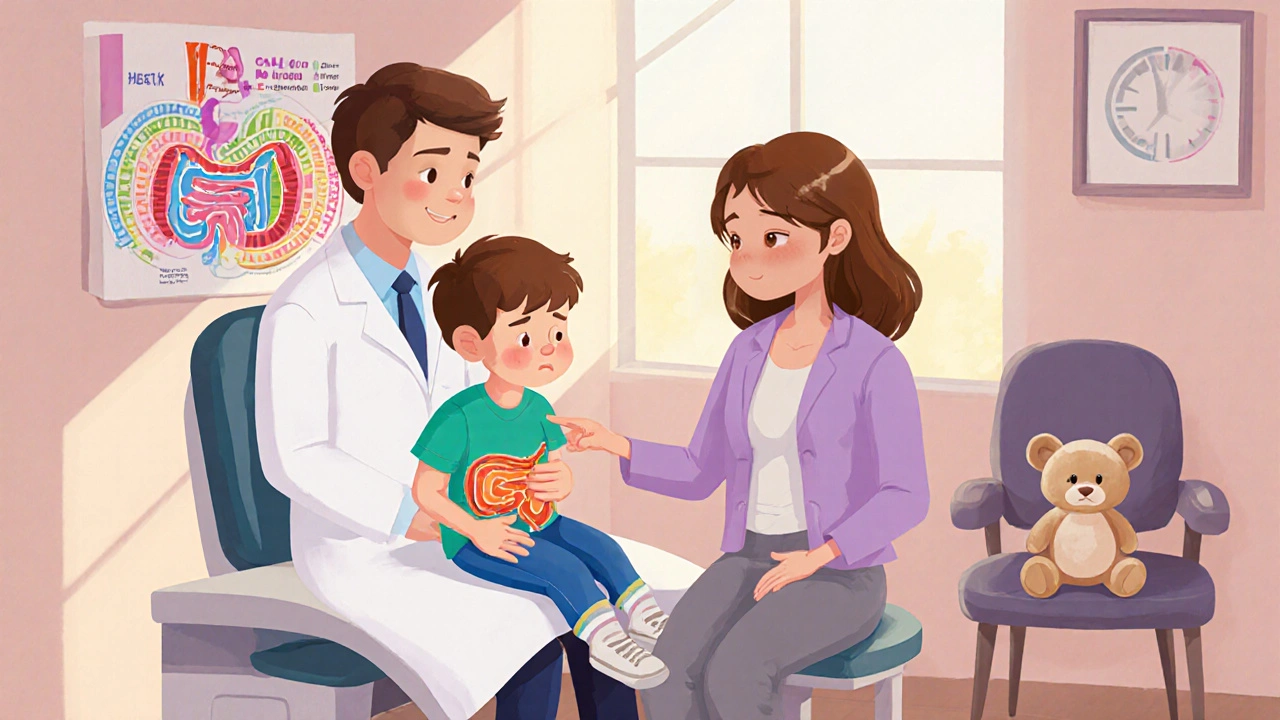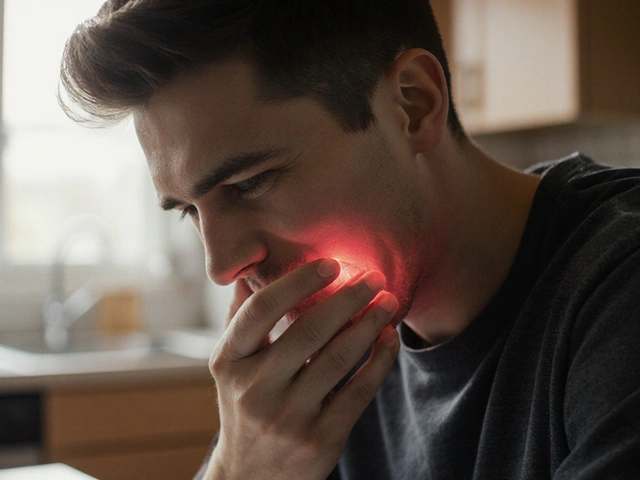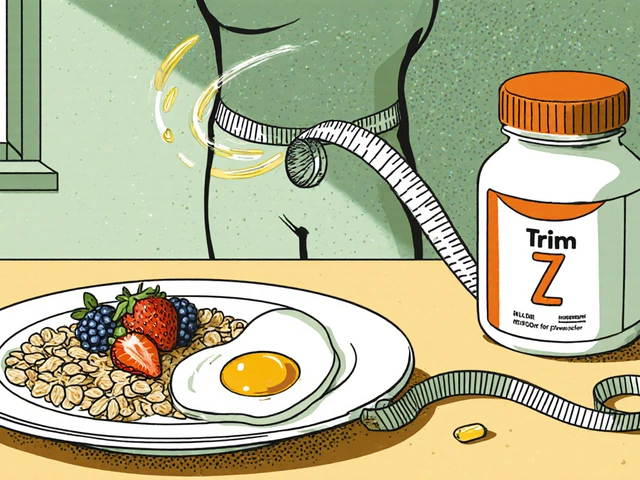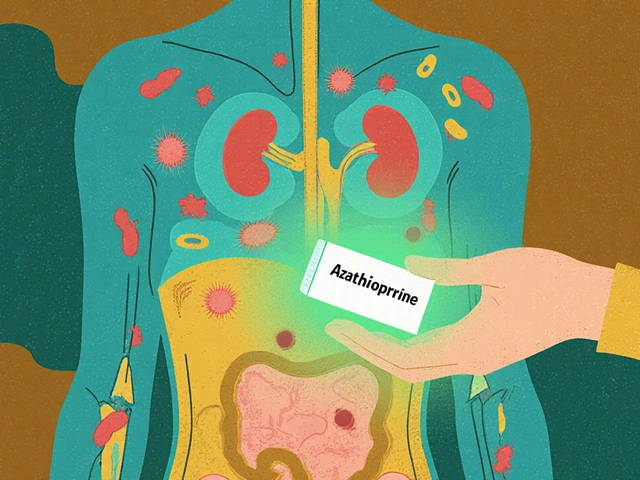Pediatric Constipation
When dealing with pediatric constipation, a common digestive issue where children have infrequent, hard, or painful bowel movements. Also known as child constipation, it can affect kids of any age and often signals diet or lifestyle factors. The problem isn’t just uncomfortable—it can lead to abdominal pain, loss of appetite, and even mood changes. Parents usually notice a change in stool size, frequency, or how much effort the child uses on the toilet. Recognizing these signs early helps prevent complications and keeps kids active and happy.
Key Factors Behind the Trouble
One of the biggest drivers is a diet low in fiber, plant‑based carbohydrates that add bulk and softness to stool. Without enough fiber, stools become dense and hard to pass. Add to that insufficient water intake, and the stool dries out even more. Laxatives, medications that soften stool or stimulate bowel movements are sometimes used, but they work best when combined with dietary changes. Another helpful player is probiotics, live bacteria that support gut motility and stool consistency. A child’s routine—how often they sit on the toilet, the pressure they feel, and the comfort of the bathroom environment—also matters; this is what we call bowel habits, regular patterns of eating, drinking, and toilet use. Poor habits, like ignoring the urge to go, can train the colon to hold stool longer, making it harder later.
These factors are interconnected: low fiber leads to dry stool, which makes a child avoid the bathroom, which in turn forces the colon to reabsorb more water, creating a vicious cycle. Breaking that cycle often requires a mix of nutrition, fluid, and gentle medical aid. For example, adding a daily serving of fruit or whole‑grain cereal boosts fiber, while a sip of water before meals keeps the system hydrated. If the child still struggles, pediatric‑friendly laxatives such as polyethylene glycol can soften the stool without harsh side effects. Probiotic yogurt or a supplement containing Bifidobacterium may improve gut health, especially for kids who recently took antibiotics.
What should parents watch for? Red‑flag signs include blood in the stool, sudden weight loss, vomiting, or a swollen belly—these may point to a more serious condition that needs a doctor’s eyes. Otherwise, the typical symptom checklist includes: fewer than three bowel movements per week, hard or lump‑like stools, pain while passing stool, and a feeling of incomplete evacuation. A quick parental log of frequency, diet, and any pain can help the pediatrician decide if treatment should stay at home or move to prescription‑only options.
When it comes to fixing the issue, a step‑by‑step plan works best. First, gradually increase fiber with fruits like apples (with skin), pears, and berries, and vegetables such as peas and broccoli. Second, ensure the child drinks enough water—about 1 L per day for a school‑age kid, more if they’re active. Third, set a regular “toilet time” after meals when the gastrocolic reflex naturally encourages a bowel movement; make the bathroom inviting with a footstool and a short magazine. Fourth, if stool remains hard, a pediatric‑approved laxative can be added for a few days. Finally, consider a probiotic supplement for ongoing gut balance, especially after a course of antibiotics.
Putting these steps together creates a clear path out of constipation and keeps it from returning. The simple changes—more fiber, more water, a consistent bathroom routine, and, when needed, gentle laxatives or probiotics—address the core causes and help kids feel normal again. Below you’ll find a curated set of articles that dive deeper into each of these topics, from diet plans to medication guides, so you can pick the right approach for your child’s needs.

- Sep 30, 2025
- Posted by Cillian Osterfield
Understanding Chronic Idiopathic Constipation in Kids: Signs, Symptoms & Treatment Options
Learn how to spot chronic idiopathic constipation in children, understand its symptoms, and explore effective treatment options from diet tweaks to safe laxatives.
Categories
- Health and Wellness (60)
- Medications (44)
- Health and Medicine (22)
- Pharmacy Services (11)
- Mental Health (5)
- Health and Career (2)
- Medical Research (2)
- Business and Finance (2)
- Health Information (2)
Latest Posts
©2025 heydoctor.su. All rights reserved





